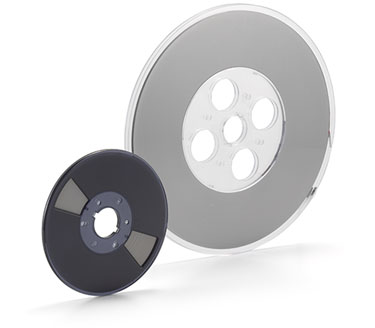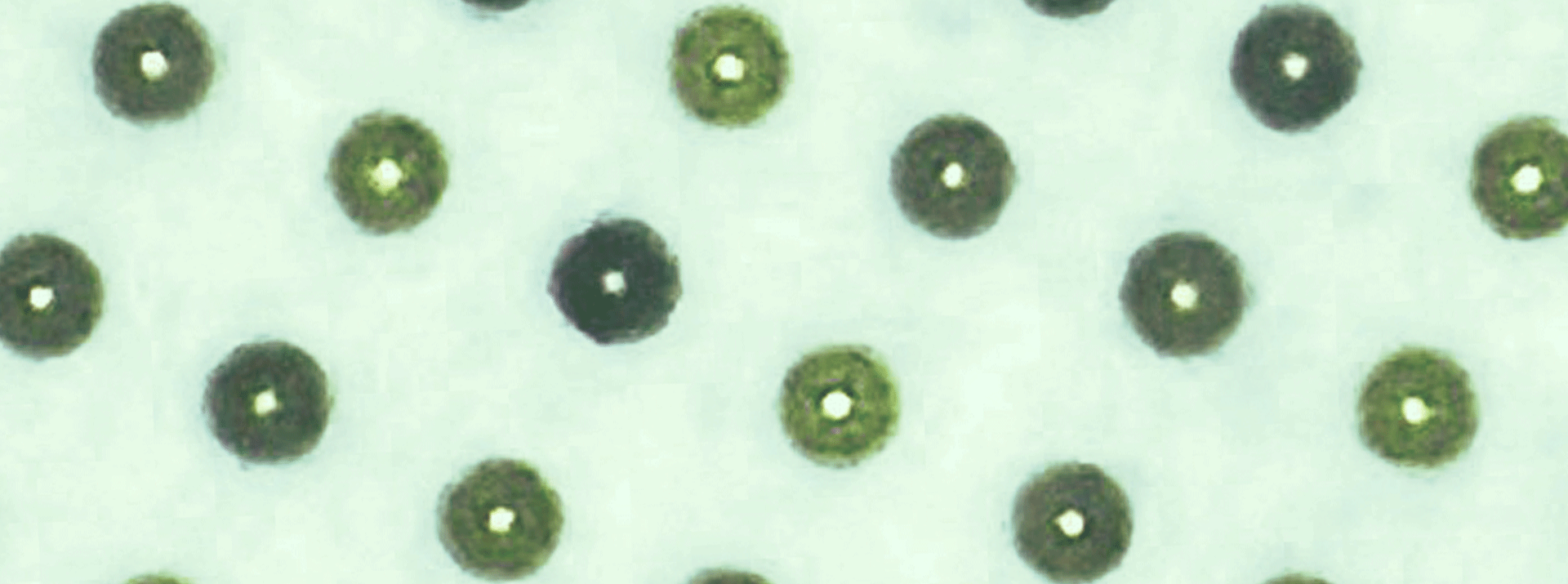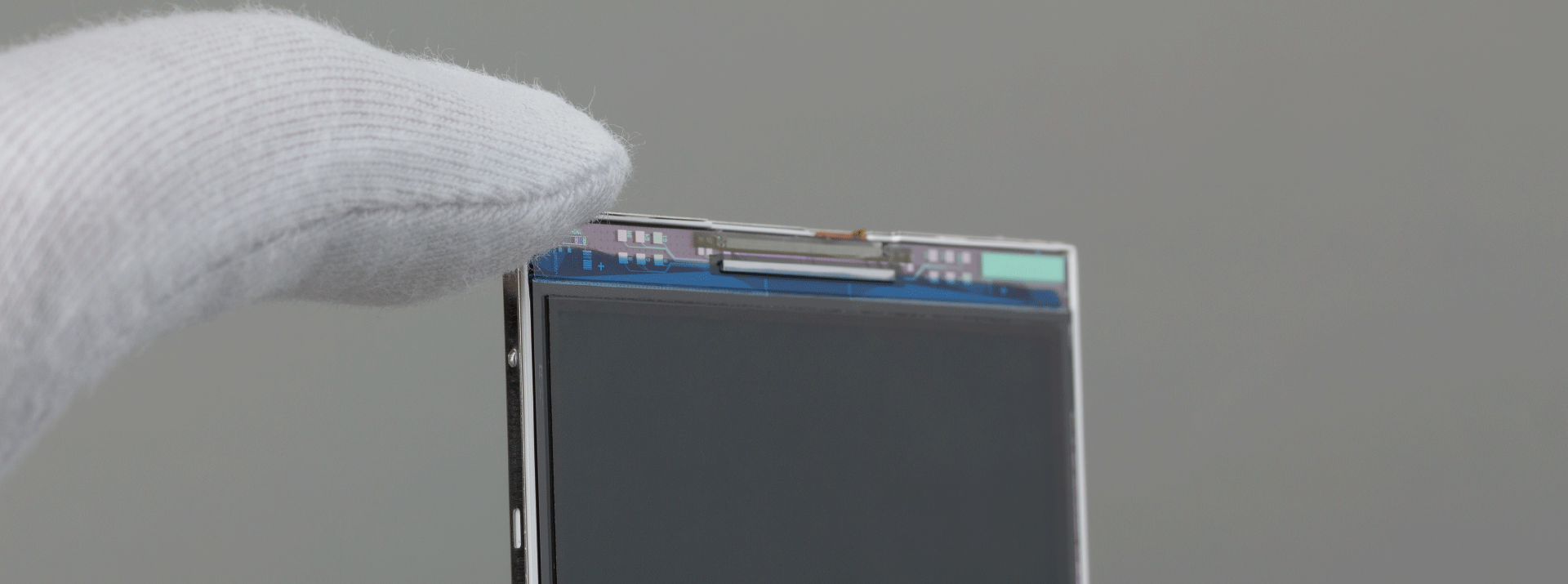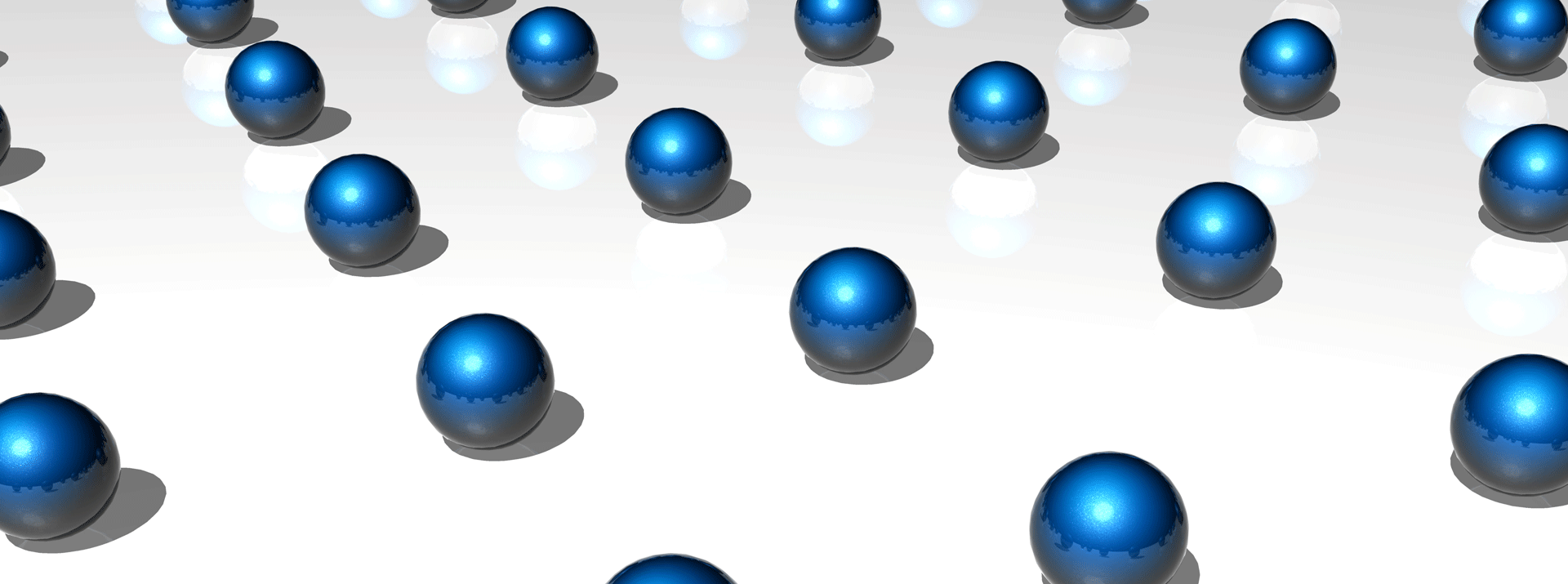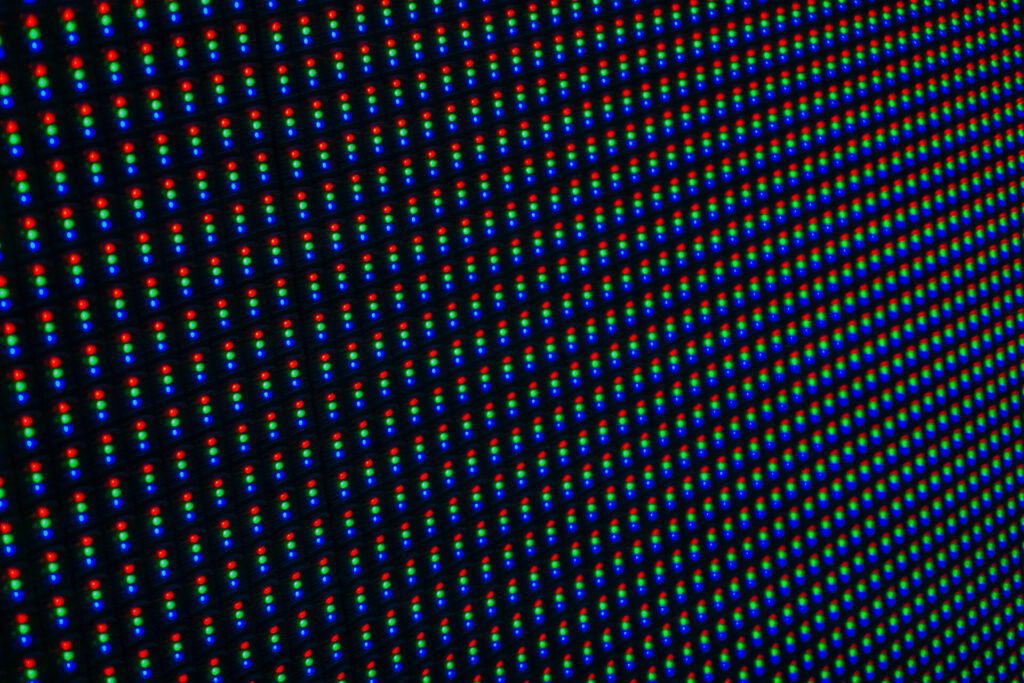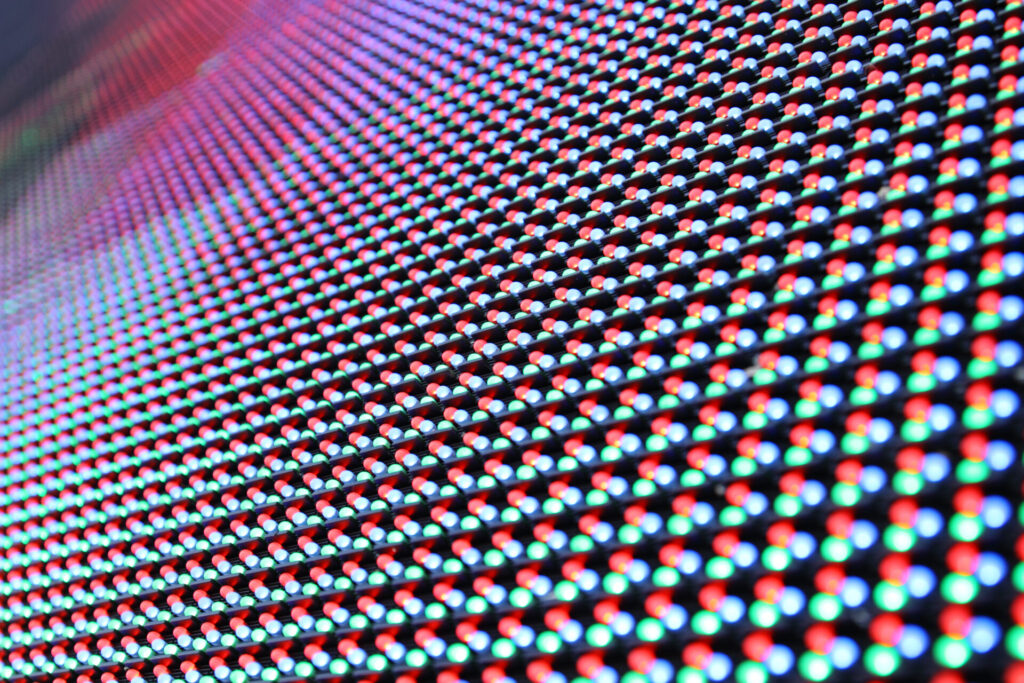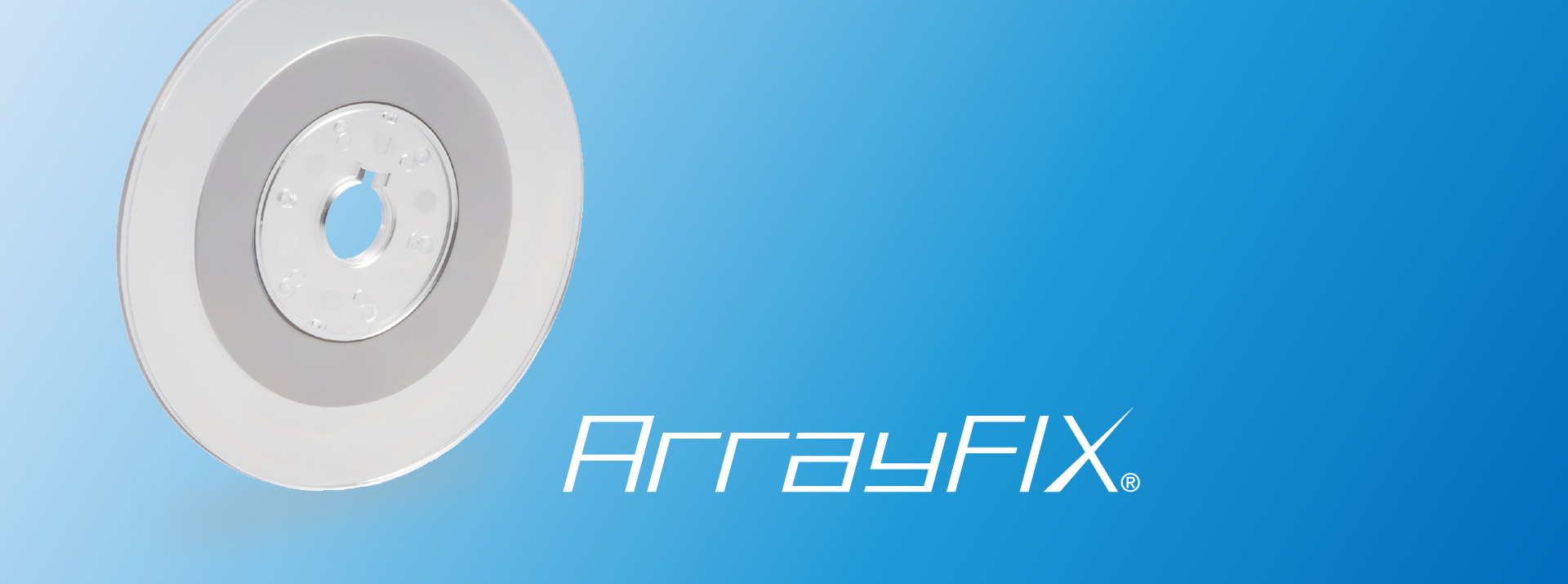
- Bonding Products
Achieving Sustainable IC Cards: Technical Challenges and Their Solutions
Contents
IC cards and environmental issues
IC cards have become an indispensable technology in our everyday lives and are used in a wide range of fields such as payments, transportation, and security. But as their use grows more widespread, reducing their environmental impact is being recognized as a key challenge for the industry.
IC cards are generally made of PVC (polyvinyl chloride). The production of PVC has a large impact on the environment, and efforts are spreading to address this impact. In 2023, Mastercard announced a policy to remove first-use PVC plastics from newly produced payment cards by January 1, 2028. This decision has pushed the entire industry to redouble efforts toward sustainable development, leading to pressure to re-evaluate IC card materials and production processes. In this article, we will take a detailed look at the current situation and challenges related to IC card sustainability as well as the outlook for the future.
The evolution of IC card materials
The history of IC cards dates back to the 1970s. PVC was used as the primary material for IC cards due to its processability and cost-effectiveness. Its durability and affinity with production technologies of the time also made it the standard.
However, as IC cards became widespread, demand for stronger security and durability rose as well. In particular, development and adoption of high-performance materials progressed as demand increased for high-security uses such as government-issued identification cards and security cards. Polycarbonate (PC) and polyethylene terephthalate (PET) emerged in response to these needs and provide greater durability and security performance than conventional PVC.
Many payment cards are still made of PVC, but amid growing awareness of environmental issues, the industry is transitioning to recycled PVC (rPVC), recycled PET (rPET), and sustainable materials such as biodegradable plastics. Not only do these materials reduce environmental impact, they are also recyclable—a key technical innovation toward a sustainable society.
The actual environmental impact of IC cards
IC cards impact the environment at several stages of their life cycle, from production to disposal. This impact is wide-ranging, from the emission of greenhouse gases during the production process, the replacement rate during use, and the emission of toxic substances during disposal. We will examine specific environmental impacts in the following three phases.
- Production process: PVC production requires a large amount of energy and chemical materials, leading to greenhouse gas emissions and the release of harmful substances. An industry report estimates CO2 emissions from global IC card production (six billion cards per year) at approximately 900 million kilograms.
(Reference site) Sustainable Business & Eco-Friendly Cards | Toppan Gravity - During use: The life cycle of an IC card is generally short, around 2 to 3 years, and this frequent replacement leads to increased resource consumption and waste. In particular, the frequent use of payment cards, etc. makes this impact hard to ignore.
- Disposal: PVC cards pose a risk of generating toxic substances upon incineration and take a long time to decompose after landfill disposal. As a result, it is necessary to promote recycling. The inclusion of electronic components such as IC chips and antennas means that recycling processes must be improved to handle these elements as well.
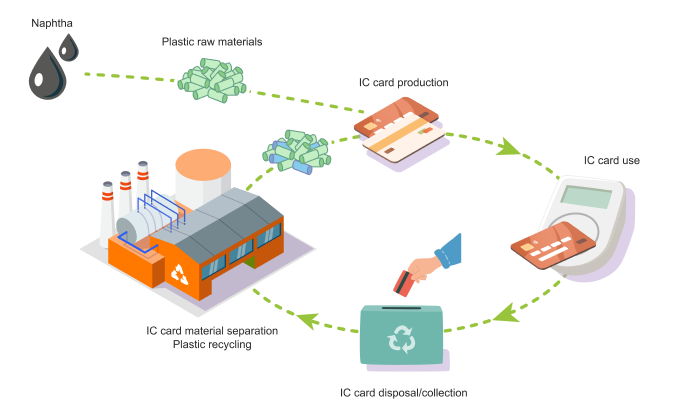
New sustainable material options
There are various IC card material options to reduce environmental impact, such as recycled PVC (rPVC), recycled PET (rPET), and polylactic acid (PLA). These options are gathering attention as sustainable materials that reduce environmental impact compared to conventional first-use materials and offer recyclability and biodegradability.
| Material | Characteristics |
|---|---|
| rPVC (recycled PVC) | Reduces environmental impact by recycling existing PVC and reducing the use of new petroleum resources. Its performance is on par with first-use PVC and is easily recyclable. |
| PETG (rPETG) | Does not contain chlorine or styrene, leading to low environmental impact during processing and high durability. Its ability to be recycled repeatedly has led to growing adoption, especially by financial institutions. |
| Ocean plastic | Material recycled from plastic collected from the ocean. Many companies are considering it from an environmental protection standpoint. Large credit card companies such as American Express and Visa are actively working on adoption, but technical challenges include stabilization of material properties and supply chain establishment. |
| PLA (polylactic acid) | A plant-based, biodegradable plastic that is gathering attention as a sustainable material. However, it faces challenges in durability and heat resistance, requiring further technical development. |
Adoption of new materials is an important step for the IC card industry as a whole as it works toward a sustainable future. Further developments can be expected as more technological innovations emerge.
Technical challenges and initiatives for the future
Technical challenges related to adhesion and quality control have emerged in the transition to sustainable materials. Impurities and additives in recycled materials raise concerns about reduced adhesion strength, while variations in material properties between production lots have become a critical issue in quality control. In addition, biodegradable plastics such as PLA often present difficulties in achieving sufficient adhesion strength with conventional adhesion technologies due to their surface properties.
To address these challenges, Dexerials is developing ACFs (anisotropic conductive films) optimized for the new materials. By developing technology to improve adhesive performance, we aim to accelerate the shift toward recycled and innovative materials in the IC card industry.
Progress toward environmental consciousness in the IC card industry
The IC card industry currently faces a turning point in terms of both environmental impact reduction and technological innovation. Developing environmentally conscious IC cards is important not only to fulfill social responsibility but also to strengthen competitiveness for the future. As Dexerials and other companies are advancing the development of environmentally friendly technologies, advances in areas such as material innovation are paving the way for more sustainable products.
- SHARE
 Back to top
Back to top  Contact us
Contact us 


